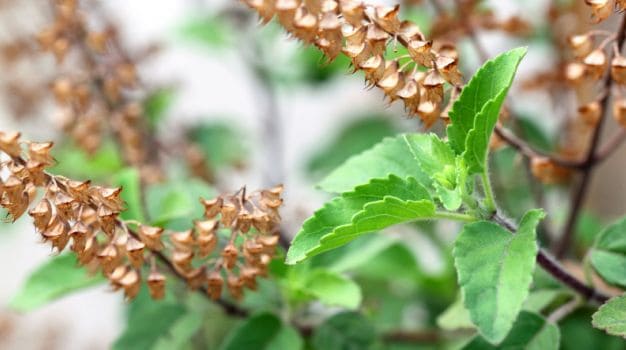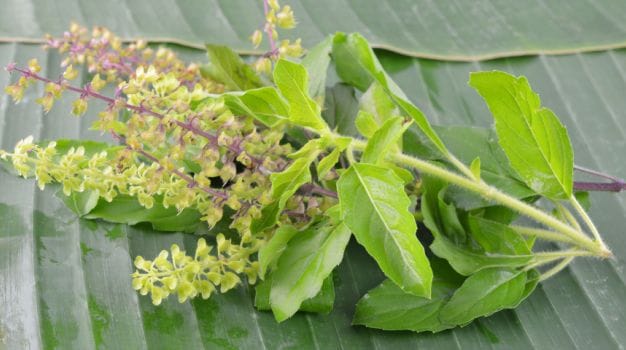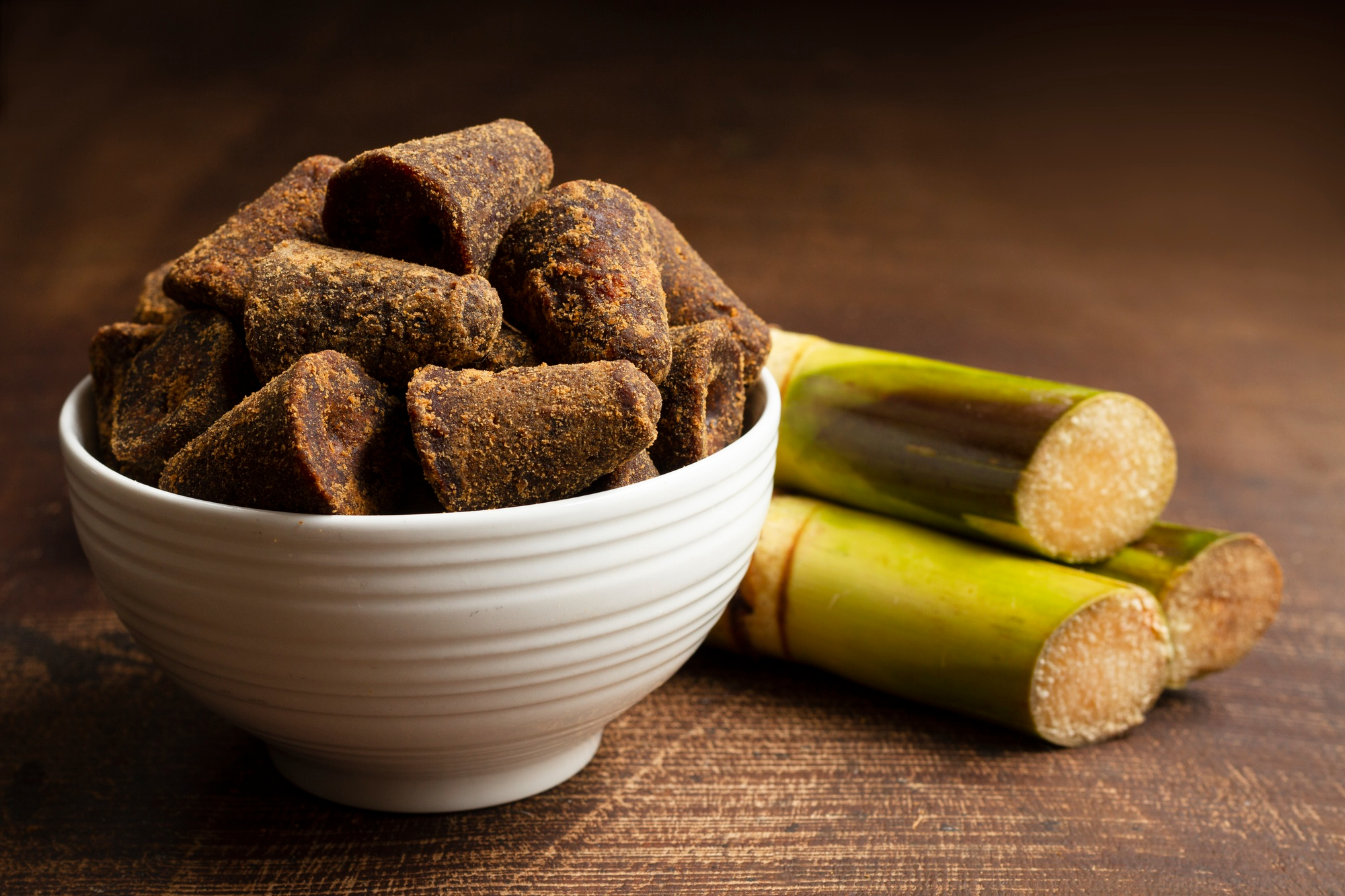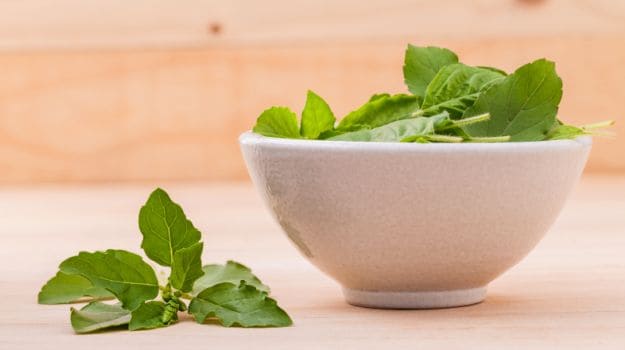Easy to grow and widely found in the Indian subcontinent, not only is tulsi a revered, holy plant in Hinduism; it also finds its place in the ancient science of Ayurveda. Tulsi is commonly found in two varieties – the green coloured Lakshmi tulsi and the purple hued Krishna tulsi. Apart from the Indian subcontinent, it can also be found in tropical regions of most Southeast Asian countries.Tulsi is worshipped, is offered the gods and is grown in many Hindu households not in vain but for a well-established reason – this humble, inexpensive herb comes loaded with a host of benefits. Tulsi is extremely beneficial for humans. From warding off some of the most common ailments, strengthening immunity, fighting bacterial & viral infections to combating and treating various hair and skin disorders – just a few leaves of tulsi when used regularly can help resolve a host of health and lifestyle related issues.(Also read: Why Are We Told Not To Chew Tulsi Leaves?)

Tulsi assumes utmost importance when it comes to Ayurveda and naturopathy. Its essential oils are used to treat number of ailments. According to Dr Ashutosh Gautam, Clinical Operations and Coordination Manager at Baidyanath, “The essential oils found in tulsi, effectively act on our respiratory system”. It is rich in antioxidants which help in mitigating stress and conditions like diabetes, high blood pressure and so on. “Tulsi has linoleic acid which is extremely beneficial for skin,” adds Dr. Gautam. According to him, tulsi leaves have volatile and fixed oils which can help fight allergies, infections and pathogens. Tulsi paste as well as the powder has long been used in herbal and cosmetic products for its purifying, detoxifying and cleansing properties. Commonly paired with other herbs and ingredients like neem, giloy and turmeric, tulsi paste when applied on acne and pimples can ensure relief with lesser chances of repeat breakouts.
Home Remedies: Tulsi can rightly be termed as one of the most commonly and widely used ingredients in many Indian home remedies. From regular fever to some of the deadliest and most fatal bacterial and viral infections – tulsi can help cure or to some extent, facilitate treating most diseases. Dr. Simran Saini from New Delhi suggests consuming a drink made by boiling tulsi leaves and adding about 2grams of black pepper to it. This drink helps in building your immunity, acts as an antibacterial element and facilitates recovery from dengue. The quintessential kadha – a mix of ginger, tulsi leaves, peppercorn (crushed) in boiling hot water - is usually seen as a potion that can put most illnesses straight. Apart from these there is a bundle of other beneficial properties that this humble plant boasts of, take a look –Also read: Immunity Boosting Foods To Keep You From Getting Sick)


How and When to Grow?Tulsi plant grows in rich and moist soil with ample sunlight. You can begin by planting it just a few centimeters below the soil with a light cover of dirt. Let it grow indoors till it’s about 6-7 inch tall, after which the plant can be transferred outdoors. Tulsi should be planted right before monsoon, under intense heat.How to Consume?
Consume it raw, plucked fresh from the plant, add it in your tea or make kadha out of it. Apart from the conventional ways of consuming the humble, holy basil, you can experiment with it in your cooking and render an exquisite, earthy, aromatic flavour to your preparations. To begin with, we bring to you one of the most basic and widely loved delicacies prepared using tulsi leaves.Tamatar aur Tusi ka Shorba
Advertisement









